Tatalakayin sa kursong ito ang Pilipinas sa harap ng mga hamon at tugon ng ika-20 siglo hanggang sa kasalukuyan tungo sa pagbuo ng tiyak na pagkakakilanlang Pilipino at matatag na pagkabansa (strong nationhood).
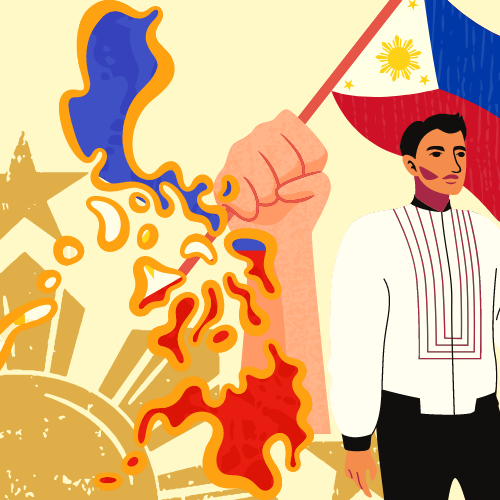
- Teacher: Rixequel Genteroy
The learner listens critically; communicates feelings and ideas orally and in writing with a high level of proficiency; and reads various text types materials to serve learning needs in meeting a wide range of life’s purposes.
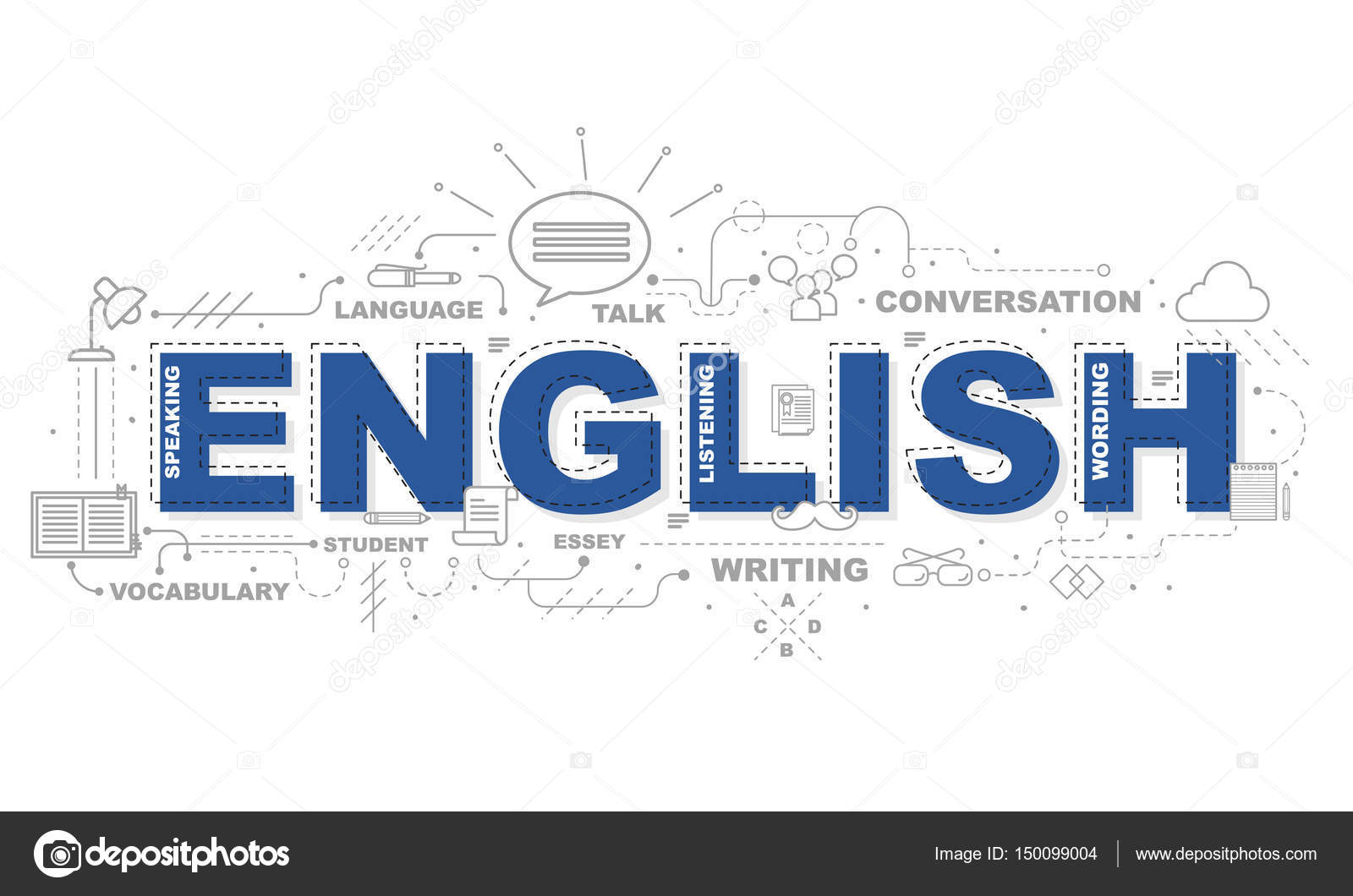
- Teacher: Kaye Christine P. Pangilinan
- Teacher: Ma. Haydee D Samonte
The learner demonstrates increased knowledge, skills, and values in entrepreneurship and ICT, agriculture, home economics, and industrial arts toward improving family life and the community.

- Teacher: Marilou Pagsuguiron
Ang kursong ito ay nakatuon sa konsepto at kilos kaugnay ng kabutihang-asal at wastong pag-uugali na nagpapakita ng pagmamahal sa sarili, pamilya, kapuwa, Diyos, kalikasan, bayan, at sanlibutan tungo sa paghubog ng mga pagpapahalaga.
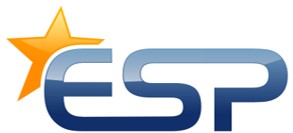
- Teacher: Rixequel Genteroy
Pagkatapos ng Ikaanim na Baitang, inaasahang naipamamalas ng mag-aaral ang paglalapat ng mga kasanayang panliterasi, pagpapalawak ng bokabolaryo na magagamit sa kritikal na pag-unawa at pagbuo ng mga tekstong naratibo at impormatibo na may paksa patungkol sa bansa at global.
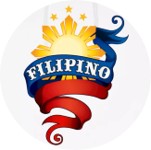
- Teacher: Jocelyn Intong
MUSIC
The Learners demonstrates understanding of the concept of rhythm by applying notes and rests, rhythmic patterns, and time signatures
ARTS
The learners demonstrates understanding of the use of lines, shapes, colors, texture, and the principles of emphasis and contrast in drawing a logo and own cartoon character using new technologies in drawing.
PE
The learners demonstrates understanding of participation and assessment of physical activity and physical fitness
HEALTH
The learners demonstrates understanding of personal health issues and concerns and the importance of health appraisal procedures and community resources in preventing or managing them

- Teacher: Melissa Ann Isip
At the end of the course, the learner must be able to demonstrate understanding and appreciation of key concepts and skills involving numbers and number sense (divisibility, order of operations, fractions and decimals including money, ratio and proportion, percent, integers).
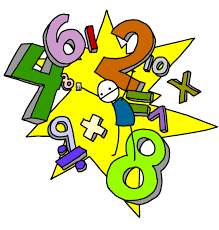
- Teacher: Cindy Ramos Marasigan
Based on the characteristics of the components of a heterogeneous mixture, learners investigate ways of separating these components from the mixture. They will infer that the characteristics of each of the components remain the same even when the component is part of the mixture.
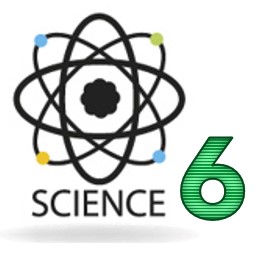
- Teacher: Lou Valerie Latina Blanco

